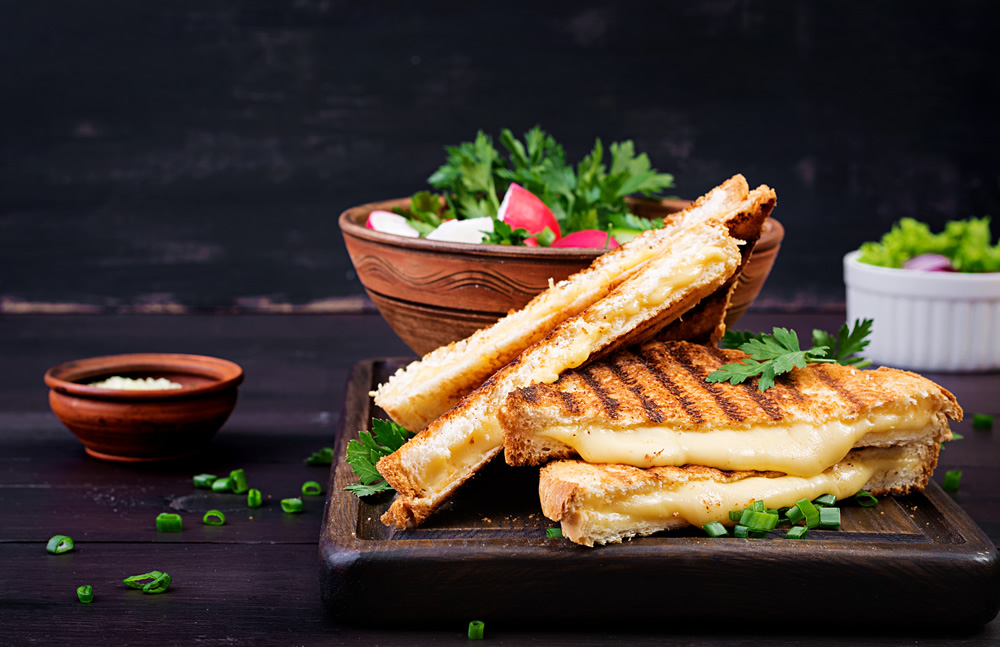A2102 Insights
Explore the latest trends and news on technology, lifestyle, and more.
Catching Culinary Magic Through the Lens
Discover the art of food photography and unlock the secrets to capturing culinary magic in every shot! Dive in now!
10 Tips for Capturing Stunning Food Photography
Capturing stunning food photography requires a keen eye and the right techniques. Start by choosing the right lighting; natural light is often the best option, as it enhances the colors and textures of your food. Consider using dappled light from windows for a soft, appealing effect. Additionally, your composition plays a vital role in food photography. Use the rule of thirds to create balanced images, and try incorporating negative space to draw attention to the dish itself.
Don't underestimate the power of props and backgrounds! Select tableware and surfaces that complement your dish’s colors and textures. A rustic wooden table or a simple white plate can make your dish pop and elevate the overall aesthetic. To further enhance your food photography, experiment with different angles; overhead shots work well for flat dishes, while a 45-degree angle may be better for capturing height and layers. Remember, a little bit of styling and creativity can go a long way in making your food photos truly stunning.

Exploring the Art of Food Styling for Photographers
Exploring the Art of Food Styling for Photographers involves a meticulous approach that combines creativity with technique. Successful food styling enhances the visual appeal of dishes, making them more enticing for the lens. When preparing for a food photoshoot, it's essential to consider elements such as color, texture, and composition. Utilizing props and backgrounds that complement the dish can elevate the overall aesthetic, while the strategic arrangement of ingredients can create a more dynamic image. Remember, the goal is to evoke an emotional response from viewers, enticing them to imagine the taste and experience of the food.
One effective method in food styling is the use of natural light. Soft, diffused lighting can help highlight the dish's textures and colors, creating a mouthwatering effect. Additionally, experimenting with angles—such as overhead shots or close-ups—can convey different aspects of the food's appeal. Don't shy away from garnishes, as they can enhance visual interest and add context to the dish. Ultimately, mastering the art of food styling requires practice and an understanding of how to make food look irresistible in photographs, ensuring that the final images are both beautiful and enticing.
How to Use Lighting to Enhance Your Culinary Photos
Lighting plays a pivotal role in enhancing culinary photos, transforming ordinary dishes into visually appealing masterpieces. Natural light is often the best choice for food photography; it brings out the vibrant colors and textures of ingredients. Try shooting near a window during the golden hour—just after sunrise or before sunset—when the light is soft and warm. You can also experiment with reflectors to bounce light onto your dish, filling in shadows and creating a more balanced exposure.
If you're shooting indoors or at night, consider using artificial lighting to achieve a similar effect. Softbox lights or LED panels can simulate natural light and provide even illumination. Avoid harsh, direct light, as it can create unappealing shadows. Instead, diffuse the light with a soft cloth or a lamp shade for a more natural look. Remember, the key to stunning culinary photos lies in the careful play of light and shadow, allowing the beauty of your dishes to truly shine through.